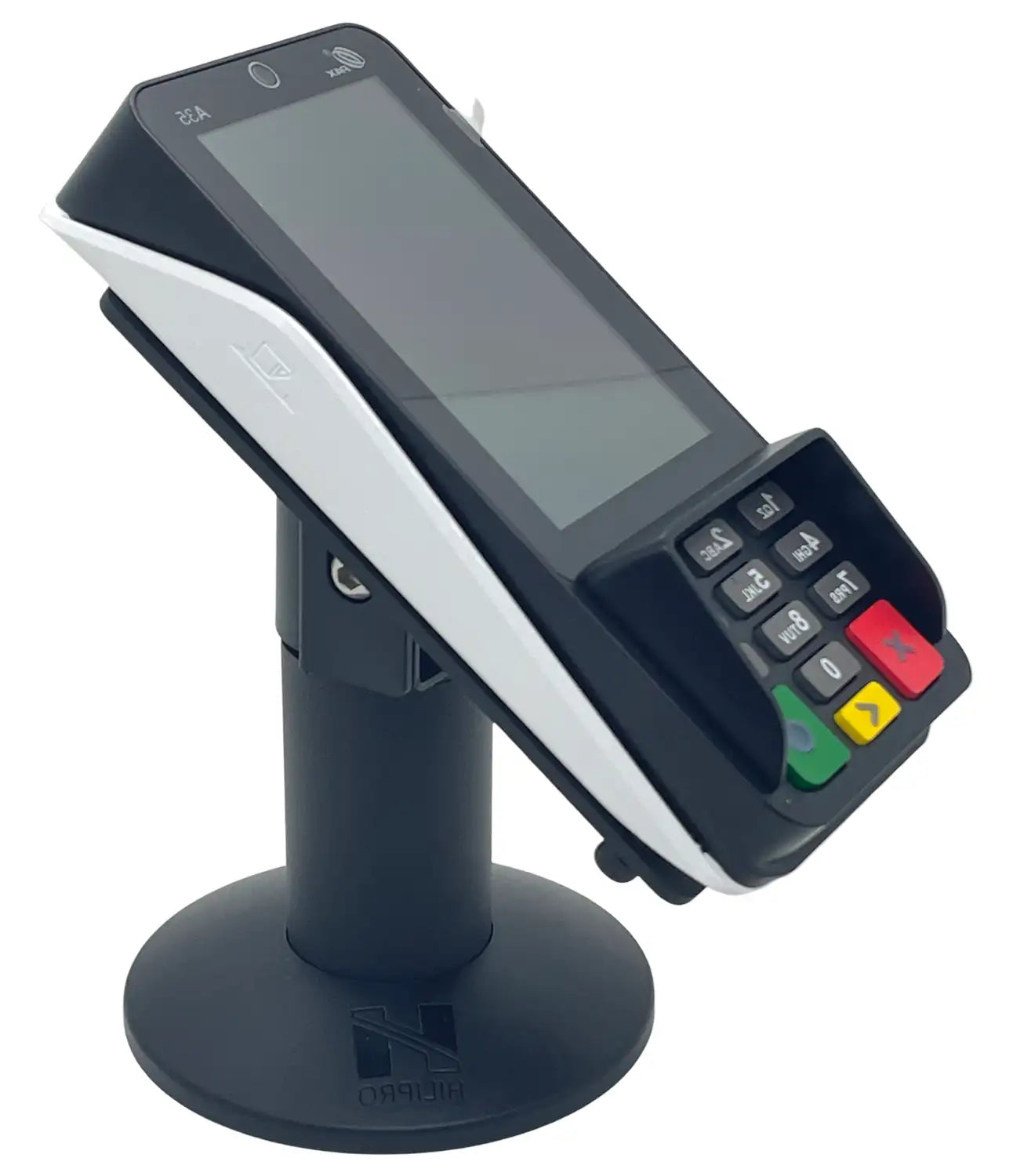
Troubleshooting and Maintenance of POS Stands
Maintaining and troubleshooting POS (Point of Sale) stands is essential to ensure smooth and uninterrupted business operations. Proper maintenance and quick troubleshooting help prevent downtime, maintain the efficiency of transactions, and enhance the overall customer experience. Here’s a detailed look into the key aspects of troubleshooting and maintaining POS stands:
1. Routine Maintenance Checks
- Hardware Inspection: Regularly check the physical components of the POS stand, including the monitor, keyboard, barcode scanner, receipt printer, and card reader, for any visible damage or wear and tear. Ensure all cables are securely connected and there are no loose or frayed wires.
- Software Updates: Ensure that the POS software is up to date. Software updates often include important security patches and new features that can improve functionality. Schedule regular updates during non-business hours to minimize disruptions.
- Cleaning and Upkeep: Clean the POS stand and its components regularly to prevent dust and debris from interfering with its operation. Use appropriate cleaning materials that won’t damage sensitive components, such as the touchscreen.
2. Common Troubleshooting Steps
- Rebooting the System: Often, simply restarting the POS system can resolve minor glitches or software issues. Rebooting clears temporary data and resets the software environment.
- Check for Error Messages: POS systems usually provide error codes or messages when there is a problem. Understanding these messages can help identify the issue. Refer to the POS system’s manual or online support to decode error messages.
- Network Connection Issues: If the POS system relies on an internet connection, ensure that the network is stable. Check for any loose Ethernet cables or weak Wi-Fi signals. Restarting the router or modem can also help resolve connectivity issues.
- Printer and Scanner Troubleshooting: If the receipt printer or barcode scanner isn’t working, check that the devices are powered on and properly connected to the POS stand. Ensure there’s enough paper in the printer and that it isn’t jammed. For barcode scanners, clean the scanning area and ensure it is aligned correctly.
3. Identifying Hardware Issues
- Peripheral Device Problems: Sometimes, peripherals like card readers or receipt printers can malfunction. Disconnect and reconnect these devices to see if the issue resolves. Also, check for driver updates that might be required for these devices.
- Power Supply Issues: Ensure that the POS stand is connected to a reliable power source. If the device doesn’t turn on, try a different power outlet or use a known working power cable. Also, check for any signs of overheating or unusual sounds, which could indicate hardware failure.
4. Preventive Measures and Best Practices
- Backup and Recovery: Regularly back up POS data to prevent data loss in case of system failure. Implement a recovery plan that allows for quick restoration of operations.
- Staff Training: Train staff on basic troubleshooting steps and whom to contact for more complex issues. Having a first-line defense can significantly reduce downtime and improve response time to technical issues.
- Regular Audits and Testing: Conduct regular audits and testing of the POS system to ensure everything is functioning correctly. This can help identify potential issues before they become major problems.
5. When to Call for Technical Support
- Persistent Issues: If a problem persists despite following basic troubleshooting steps, it may require professional technical support. Document the issue, including any error messages and steps already taken, to assist the support team in diagnosing the problem quickly.
- Hardware Malfunctions: For hardware-related issues that involve internal components or require opening the device, it is advisable to call for technical support or a certified technician to avoid voiding warranties or causing further damage.
By incorporating these maintenance and troubleshooting practices, businesses can ensure that their POS stands remain operational, minimizing downtime and maintaining an optimal customer service experience. Regular care and prompt troubleshooting are key to keeping the POS system reliable and efficient.
